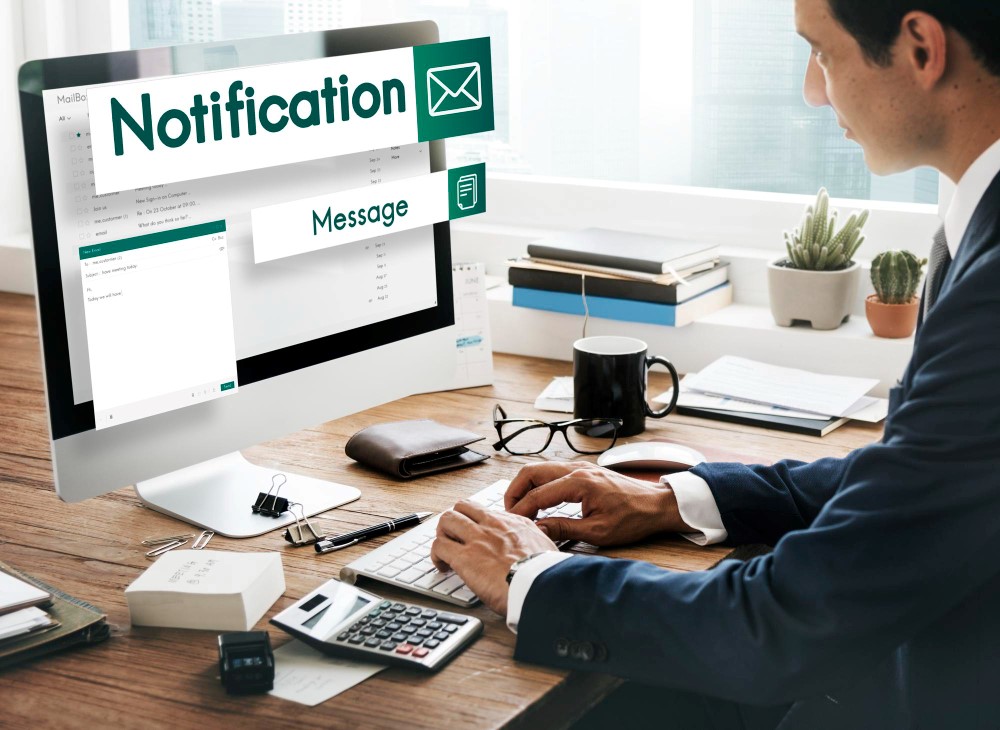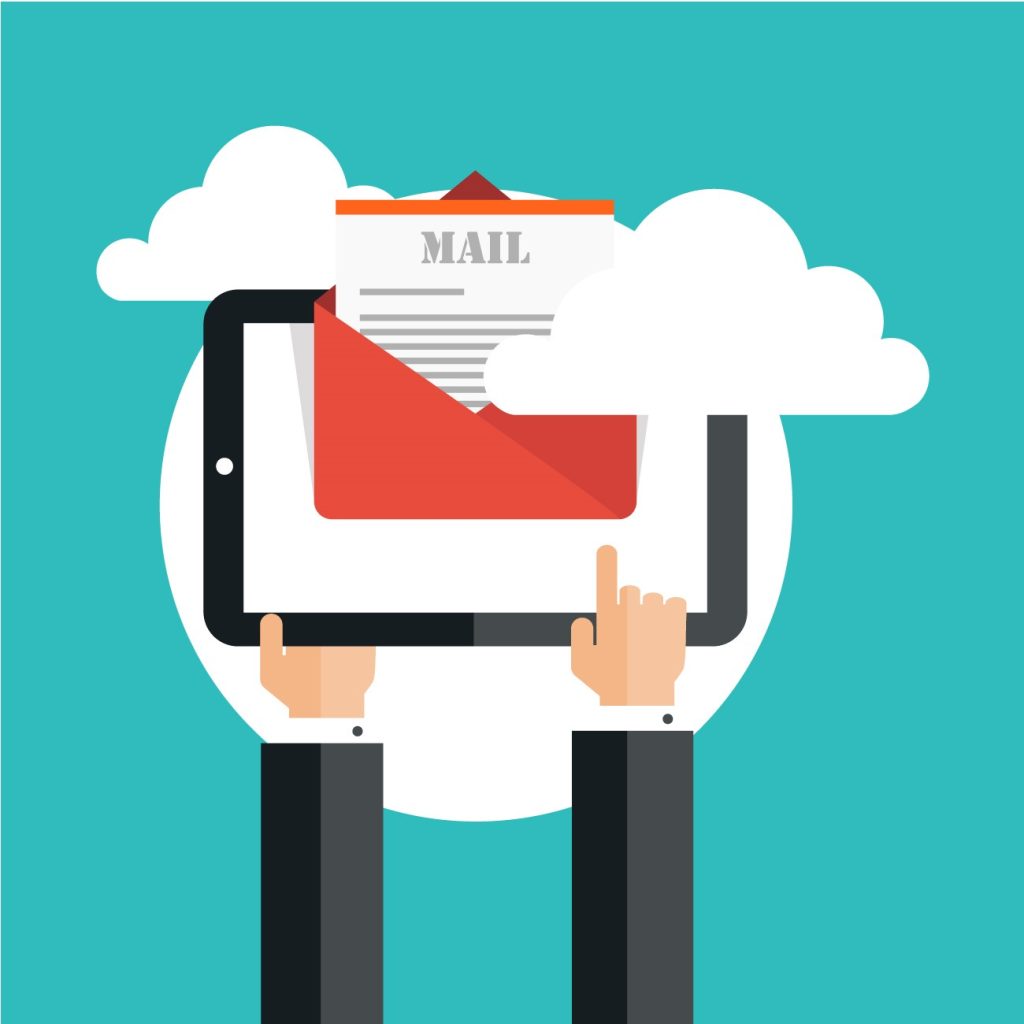Key to Successful Email Marketing
In today’s digital age, email marketing remains a powerful tool for businesses to connect with their target audience. However, simply sending out mass emails to a generic list of subscribers is no longer enough. To truly maximize the effectiveness of your email campaigns, it is crucial to understand the importance of managing email lists and segmenting audiences. By tailoring your messages to specific groups of subscribers based on their interests and behaviors, you can significantly improve engagement, conversions, and ultimately, your bottom line.

Why is Managing Email Lists Important?
Managing email lists is crucial for several reasons. Firstly, it helps you maintain a clean and organized database of subscribers. By regularly cleaning out inactive or unsubscribed email addresses, you can improve the deliverability of your emails and avoid being flagged as spam. Additionally, managing your email lists allows you to identify engaged subscribers who are more likely to convert, enabling you to focus your efforts on those who are genuinely interested in your offerings.
Segmenting Audiences: The Key to Personalization
Segmenting audiences involves dividing your subscriber base into smaller, more targeted groups based on shared characteristics or behaviors. This segmentation allows you to personalize your emails and tailor your messaging to specific subsets of your audience. By delivering relevant and personalized content, you can build stronger connections with your subscribers, increase engagement, and drive higher conversion rates.
Effective Strategies for Managing Email Lists
- Regularly Clean Your Email Lists: Conduct routine maintenance to remove inactive and invalid email addresses from your lists. This practice ensures that your emails reach the intended recipients and helps maintain a healthy sender reputation.
- Implement Double Opt-In: Use a double opt-in process to confirm subscribers’ intentions and verify the accuracy of their email addresses. This reduces the likelihood of spam complaints and ensures that you have an engaged audience.
- Provide Clear Unsubscribe Options: Make it easy for subscribers to opt-out if they no longer wish to receive your emails. Including clear unsubscribe links in your emails helps maintain a positive user experience and prevents your messages from being marked as spam.
- Segment Your Lists from the Start: Begin segmenting your subscribers from the moment they join your email list. This enables you to deliver targeted content right from the beginning of their journey, increasing the chances of conversion.
- Leverage Behavioral Data: Utilize data such as purchase history, website browsing behavior, and email engagement to create segments based on specific actions or interests. This allows you to send highly relevant content to subscribers based on their demonstrated preferences.

Segmentation Methods and Best Practices
Segmentation can be done using various criteria, including demographics, geographic location, past purchases, engagement level, and more. Here are some best practices for effective audience segmentation:
- Demographic Segmentation: Divide your audience based on factors like age, gender, occupation, and income. This approach is useful when your products or services cater to specific demographics.
- Psychographic Segmentation: Group subscribers based on their interests, values, attitudes, and lifestyles. Understanding the motivations and preferences of your audience can help you craft targeted messages that resonate with them.
- Behavioral Segmentation: Segment subscribers based on their actions, such as past purchases, email opens and clicks, and website browsing behavior. This allows you to send relevant emails triggered by specific behaviors, nurturing leads and driving conversions.
- Lifecycle Stage Segmentation: Tailor your emails based on where subscribers are in their customer journey, whether they are new leads, repeat customers, or inactive subscribers. This ensures that you provide the right content at the right time, maximizing engagement and retention.
The Role of Data Analytics in Audience Segmentation
Data analytics plays a vital role in effective audience segmentation. By analyzing the data collected from your email marketing campaigns, you can gain valuable insights into your subscribers’ behavior and preferences. These insights help you refine your segmentation strategies, create more targeted campaigns, and improve overall campaign performance. Additionally, data analytics allows you to track key metrics, such as open rates, click-through rates, and conversions, providing a comprehensive view of your email marketing efforts.
Email Automation and Dynamic Content
Email automation and dynamic content are powerful tools that complement audience segmentation. Automation allows you to set up triggered email campaigns based on specific actions or events, delivering timely and relevant messages to subscribers. Dynamic content, on the other hand, enables you to customize email content for each recipient based on their segmentation criteria. This level of personalization enhances the user experience and increases the likelihood of conversion.
Optimizing Email Campaigns Through Testing and Analysis
To maximize the effectiveness of your email campaigns, continuous testing and analysis are crucial. A/B testing different elements of your emails, such as subject lines, call-to-action buttons, and content layout, can help you identify what resonates best with your audience. Analyzing the results allows you to make data-driven decisions and refine your campaigns for optimal performance.

Common Mistakes to Avoid in Email List Management
- Neglecting List Hygiene: Failing to regularly clean and update your email lists can lead to higher bounce rates, lower deliverability, and potential damage to your sender reputation.
- Ignoring Data Privacy Regulations: Ensure compliance with data privacy regulations, such as the General Data Protection Regulation (GDPR) and the CAN-SPAM Act, to avoid legal repercussions and maintain the trust of your subscribers.
- Sending Irrelevant Content: Failing to segment your audience and sending generic content can result in lower engagement and higher unsubscribe rates. Tailor your emails to specific segments to provide relevant and valuable information to your subscribers.
Maintaining a Healthy Email List
Maintaining a healthy email list requires ongoing effort and attention. Here are some tips to keep your email list in optimal condition:
- Regularly Remove Inactive Subscribers: Identify subscribers who haven’t engaged with your emails over a certain period and consider removing them from your list. This ensures that your metrics accurately reflect the engagement of your active subscribers.
- Monitor Bounce Rates: Keep an eye on bounce rates and investigate any patterns or recurring issues. High bounce rates can negatively impact your deliverability and sender reputation.
- Encourage Subscribers to Update Their Preferences: Provide options for subscribers to update their preferences or interests, allowing them to tailor the content they receive from you. This fosters a sense of control and can lead to higher engagement.
- Promptly Handle Unsubscribes and Complaints: Respect unsubscribe requests and promptly remove unsubscribed email addresses from your list. Similarly, address any complaints or feedback received and take appropriate actions to prevent further issues.
Ensuring Compliance with Email Marketing Regulations
Compliance with email marketing regulations is essential to maintain trust with your subscribers and avoid legal consequences. Here are some key practices to ensure compliance:
- Obtain Consent: Only send emails to individuals who have explicitly provided consent to receive communications from you. Use double opt-in methods to verify consent and ensure accuracy.
- Include Clear Unsubscribe Links: Make it easy for subscribers to opt-out of your emails by including clear and prominent unsubscribe links in every email.
- Provide Contact Information: Include your company’s contact information in your emails, allowing recipients to easily reach out with questions or concerns.
- Respect Opt-Out Requests: Honor unsubscribe requests promptly and remove unsubscribed email addresses from your list within a reasonable timeframe.
- Regularly Review and Update Policies: Stay informed about evolving regulations and periodically review and update your email marketing policies to align with current requirements.
Using Email Metrics to Measure Success
Email metrics provide valuable insights into the performance of your email campaigns. Here are some key metrics to track:
- Open Rates: Measure the percentage of recipients who open your emails. Low open rates may indicate issues with subject lines, sender reputation, or audience targeting.
- Click-Through Rates: Monitor the percentage of recipients who click on links within your emails. Higher click-through rates indicate engaging content and strong calls-to-action.
- Conversion Rates: Track the percentage of recipients who complete a desired action, such as making a purchase or filling out a form. Conversion rates indicate the effectiveness of your emails in driving desired outcomes.
- Bounce Rates: Measure the percentage of emails that are undeliverable due to invalid email addresses or other issues. High bounce rates can negatively impact your sender reputation and deliverability.
Integrating Email Marketing with Other Channels
Integrating email marketing with other marketing channels can enhance your overall marketing strategy. Here are some examples of integration:
- Social Media: Promote your email campaigns on social media platforms to increase visibility and encourage new subscriptions. Additionally, include social sharing buttons in your emails to encourage recipients to share your content.
- Website: Use email opt-in forms on your website to capture new leads and grow your email list. Consider offering incentives, such as exclusive content or discounts, to encourage sign-ups.
- Content Marketing: Align your email content with your content marketing strategy. Send newsletters that highlight your latest blog posts, ebooks, or other valuable content to keep your subscribers engaged and informed.
Improving Email Deliverability and Open Rates
Ensuring high deliverability and open rates is crucial for the success of your email marketing efforts. Here are some tips to improve deliverability and open rates:
- Maintain a Good Sender Reputation: Regularly monitor your sender reputation by checking blacklists and sender scores. Follow best practices, such as avoiding spammy language and sending emails to engaged recipients.
- Craft Compelling Subject Lines: Create subject lines that grab attention and entice recipients to open your emails. Personalization and curiosity-driven subject lines can increase open rates.
- Optimize Email Design for Mobile: With the majority of emails being read on mobile devices, it’s essential to ensure your emails are mobile-responsive and display correctly on various screen sizes.
- Avoid Spam Triggers: Steer clear of common spam triggers, such as excessive use of capital letters, excessive exclamation points, and misleading or deceptive content. Monitor your spam score and make necessary adjustments to improve deliverability.
- Regularly Clean and Update Email Lists: Remove inactive and invalid email addresses from your lists to maintain good deliverability and avoid bounces.
Crafting Compelling Email Content
Engaging and persuasive email content is key to capturing the attention of your subscribers. Here are some tips for crafting compelling email content:
- Personalize Your Emails: Use merge tags to insert subscribers’ names or other personalized information into your emails. This creates a sense of individualized communication and increases engagement.
- Create Clear and Concise Messages: Keep your emails focused and to the point. Use clear and concise language to convey your message effectively.
- Use Eye-Catching Visuals: Include visually appealing images, graphics, and videos to enhance the visual appeal of your emails. However, ensure that the file sizes are optimized for fast loading.
- Craft Compelling Call-to-Action (CTA): Clearly state the action you want your subscribers to take and make your CTA prominent and enticing. Use persuasive language and highlight the benefits of taking that action.
- Include Relevant and Valuable Content: Provide valuable information, tips, or exclusive offers in your emails. Deliver content that is relevant to your subscribers’ interests and addresses their pain points.
Overcoming Challenges in Email List Management
Managing email lists and segmenting audiences can present some challenges. Here are common challenges and how to overcome them:
- Data Quality: Ensure data accuracy and cleanliness by regularly reviewing and updating your subscriber information. Implement data validation techniques to prevent errors and maintain a high-quality database.
- Limited Resources: If you have limited resources, prioritize your segmentation efforts by focusing on the most valuable and engaged segments. Gradually expand your efforts as resources become available.
- Lack of Audience Insights: Collect and analyze data from various sources, such as surveys, website analytics, and purchase history, to gain insights into your audience’s preferences and behaviors.
- Technology Limitations: Leverage email marketing platforms or customer relationship management (CRM) systems that offer robust segmentation and automation capabilities. These tools can simplify the process and help you overcome technological limitations.
Effective Ways to Grow Your Email List
Expanding your email list is essential for reaching a wider audience and increasing your marketing reach. Here are some effective ways to grow your email list:
- Offer Valuable Incentives: Provide incentives, such as exclusive content, discounts, or free resources, to encourage visitors to subscribe to your email list.
- Create Compelling Landing Pages: Design captivating landing pages with clear calls-to-action that encourage visitors to subscribe. Highlight the benefits of joining your email list and address any potential concerns.
- Leverage Social Media: Promote your email list on social media platforms by sharing sign-up links and inviting followers to join. Run targeted ad campaigns to reach new audiences.
- Host Webinars or Events: Organize webinars or events that require registration, and use the registration process to capture email addresses. Offer valuable content or guest speakers to attract attendees.
- Collaborate with Other Businesses: Partner with complementary businesses or influencers in your industry to cross-promote each other’s email lists. This can help you tap into a new audience segment.
FAQs about Managing Email Lists and Segmenting Audiences
Q: What is the purpose of segmenting email lists?
A: Segmenting email lists allows you to deliver targeted and personalized content to specific groups of subscribers. It improves engagement, conversion rates, and overall campaign effectiveness.
Q: How often should I clean my email list?
A: Regularly clean your email list to remove inactive or invalid email addresses. The frequency depends on your email sending frequency and engagement rates but aim for quarterly or biannual cleaning.
Q: Can I segment my email list based on past purchase history?
A: Yes, segmenting based on past purchase history allows you to send targeted offers or recommendations to subscribers who have previously purchased from you. It increases the chances of repeat purchases.
Q: What are the benefits of using email automation?
A: Email automation saves time and ensures timely delivery of relevant content. It allows you to set up triggered campaigns based on specific actions or events, improving the customer journey and nurturing leads.
Q: How can I improve email open rates?
A: To improve open rates, focus on crafting compelling subject lines, personalizing emails, and ensuring mobile responsiveness. Regularly analyze and test different elements of your emails to identify what resonates best with your audience.
Q: Are there any legal requirements for email marketing?
A: Yes, there are legal requirements for email marketing, such as obtaining consent from subscribers, including clear unsubscribe links, and complying with data privacy regulations like GDPR and CAN-SPAM Act.
Conclusion
Managing email lists and segmenting audiences is crucial for effective email marketing. By implementing best practices in list management, segmentation, and content creation, you can deliver personalized and relevant emails that engage your subscribers and drive results. Regularly analyze your email metrics, optimize your campaigns, and stay compliant with email marketing regulations to maximize the success of your email marketing efforts.
Remember, a well-managed and segmented email list is a valuable asset that can lead to increased conversions, customer loyalty, and business growth.



